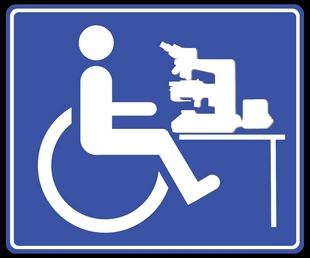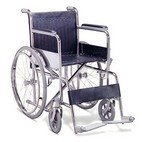Where were you raised? Pick-up after yourself. Put it back when you're done! All common pleas from frustrated parents, particularly exasperated mothers. By the time you reach adulthood you should have learned a few lessons--neatness and orderliness among them.
While enjoying a cup of morning coffee under this morning's sunrise, a good friend dropped by to join my on the patio. Pulling a chair from under the patio table, he planted himself firmly before enlightening me to the recent events which had transpired in his semi-quarantined life.
Our chit-chat slowly tapered off until exhausted. Screech...the chair pushed back and turned askew as my dear friend rose to continue his day. And there the chair remained--where his posterior had deposited it--nowhere near the table from whence it came.
I was reminded of the daily battles I fought with lunch-room chairs at my workplace before my retirement.
The fact that I was disabled could not have escaped others present--imbibing on their morning cup of java or chowing down on the meager cafeteria offerings.
As a group from one department or another rose in unison to return to their daily travail--their chairs pushed out in a row askew--facing this way or that, some further some nearer. Deposited like mines in the channel, they sat in wait of my attempt to sail my wheelchair through the course their recent occupants had laid.
My colleagues were no better. They stood likewise and with nary a look back at what was preventing my motorized butt from keeping up. They just danced they're serpentine do-si-do dance, weaving in an around the chairs as they made for the dance-hall exit.
As I approached each abandoned chair I had to stop, reach out with both hands to lift and shove the chrome and fabric monstrosities from my path and return them one by one to the table to which they belonged. With order in my universe thus restored they could now be photographed for display in an Amazon sales ad and I could be on my way.
People, when you finish your lunch, don't leave your mess on the table for others to deal with. Deposit it in the refuse receptacle provided. Mothers using the drop-down baby change tables in public washrooms--return the table to the folded upright position so that it does not block by entry to the washroom. Unless disabled, don't park in disabled parking spots (laziness is not a valid disability!) And please people, put your chair back from where you got it even if there are no disabled persons in your workplace. It is just common courtesy and do your mother proud.
* * *







.jpg)



